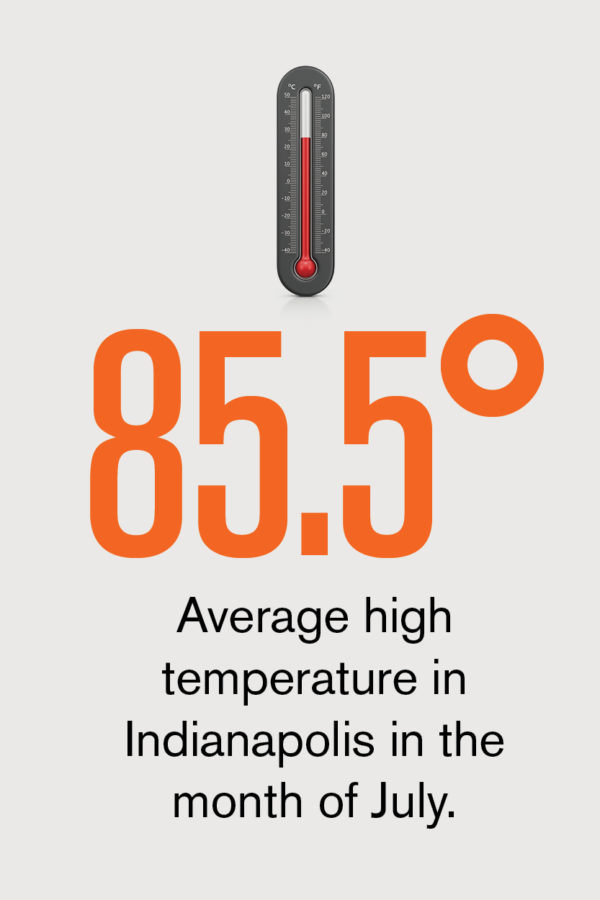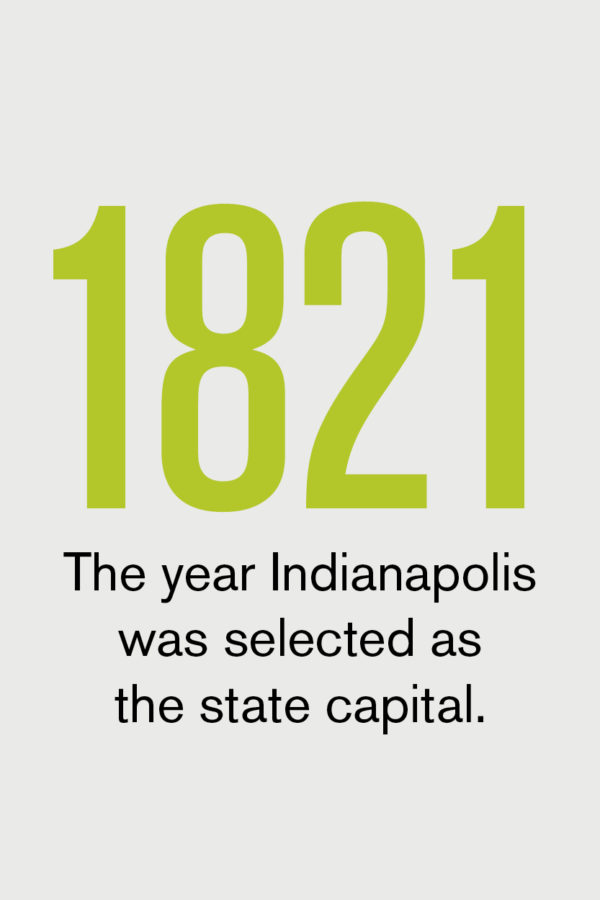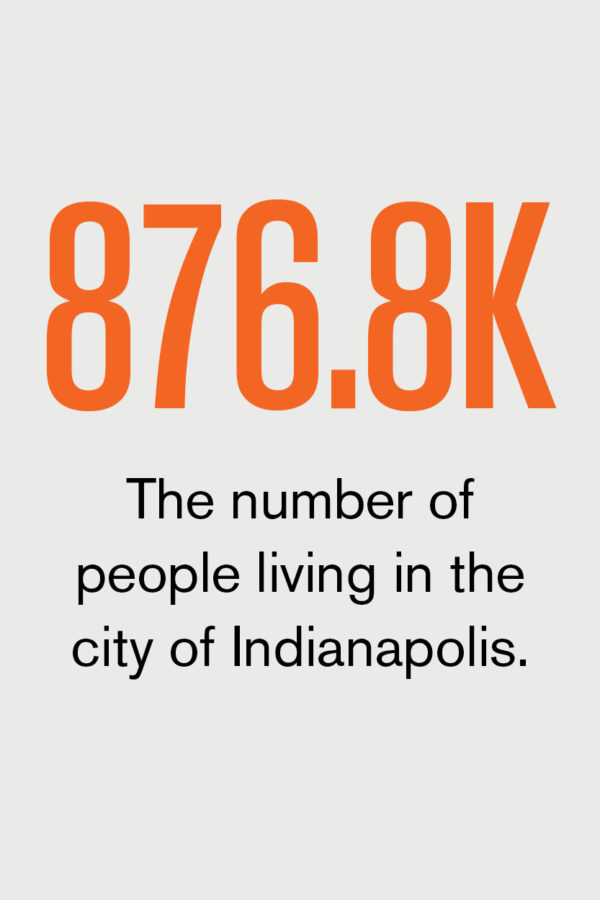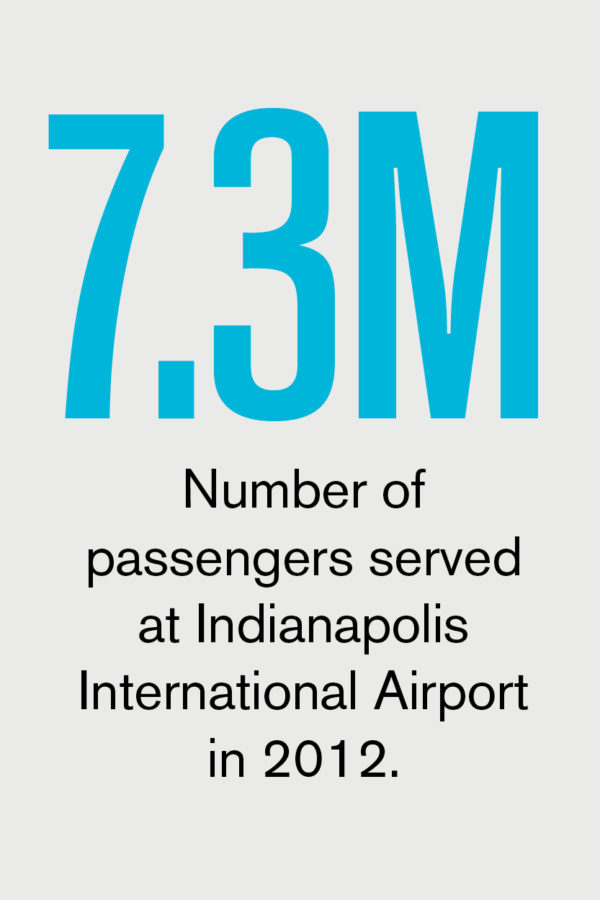We hear a lot about “big data” and the value of data-based decision making. An article in the March 2013 issue of Business Officer, “Data Point the Way,” describes a discussion by NACUBO’s Ad Hoc Group on Performance Management about ways predictive analytics are driving institutional performance. At the same time, many university decision makers are drowning in information they are unable to use in such a practical way.
The University of Chicago—with a history of educating some well-known data professionals—has recently come to embrace data analysis to address its energy costs and consumption. Arriving in 2011 as the university’s new director of engineering and utilities, I (Sumit Ray) had worked in the oil and gas industry, in which energy efficiency is paramount. It was natural to consider applying past experience to the existing work that the university was doing to tackle energy efficiency: performance contracting with energy service companies, building retrofits, and replacing steam trap, among other activities.
A few months later an alumnus of the University of Chicago’s Booth School of Business, Archie Gupta, chief executive officer of Root3 Technologies, presented his company’s analytical approach to cutting the energy consumption at the university’s central utility operations.
The idea intrigued the utilities team, as several challenges were exerting significant impact on the cost of running the university’s steam and chilling plants: (1) a natural gas demand charge of close to $1 million based on the peak natural gas consumption during the winter at each steam plant, and (2) the commissioning of a new utility plant to be operated in combination with the existing steam and chilling plant on the south end of campus. With a team of people physically located across the urban campus, decisions about operating the plants 24/7 needed to be well coordinated and communicated.
Consolidating Data Points
The utilities team goal was to be able to operate the two steam and chilling plants as a unified system, in a reliable, safe, and energy-efficient manner. The ideal service could (1) centralize the large amount of data generated for each chiller and boiler; (2) display that information in real time such that all utilities team employees could see the plant’s performance numbers and make adjustments, if necessary; and (3) create a daily and weekly schedule for operating the plants.
The university’s team spent several months talking to vendor representatives about the automated system’s flexibility when it came to deciding what boilers and chillers to run, when to run them, and at what levels—all the while maintaining the comfort of the end users in the buildings and not compromising the safety and reliability of the equipment.
In all, the discussions and testing involved a team of five supervisors; two energy managers; the building automation system team; the cofounders of the software company; the university’s executive director of facilities operations, Joel Schriever; and 30 operating engineers, each with individual experience and thoughts on the best way to operate the plant.
While there was support for the automated system, many individuals challenged the idea that the effort of collecting and centralizing data would be worth the cost savings that might result.
Giving It a Try
Ultimately, the university and vendor teams agreed to pilot the data approach, with the agreement that the operating engineers would remain in charge of their respective plants and use the service to inform decisions only. (That is, the software provides a suggested action but operators have the flexibility to decide that it may not be the best approach.)
The pilot ran in June 2012 in both plants, and the university was able to reduce natural gas costs and consumption by 6 percent in the first three weeks. Initial success was good but not amazing—and the engineers quickly went back to the original way of operating the plants. However, recognizing that the service would likely only be useful if the operating engineers had some kind of incentive to use it, the University of Chicago team requested a user interface with a live chat window that allows communication about the plants, including critical information on the natural gas demand charge.
Learning from the cascade of individual reactions to the system, the university has been able to improve communication in the entire facilities department about energy costs and consumption, so that decisions can be made quickly, based on ever-updated information. The big data that used to be fairly inaccessible to the utilities team now arrives in a form that operating engineers can access every hour of every day.
Steve Wiesenthal, associate vice president and university architect, views the new approach this way: “The University of Chicago is committed to creating a sustainable campus and has long taken a data-driven approach to this work. As we evaluate the data that is collected with Root3 Technologies, we are finding new opportunities to understand and reduce our energy consumption.”
SUBMITTED BY Allison Hannon, cofounder, Root3 Technologies; and Sumit Ray, director of utilities and engineering, University of Chicago.










